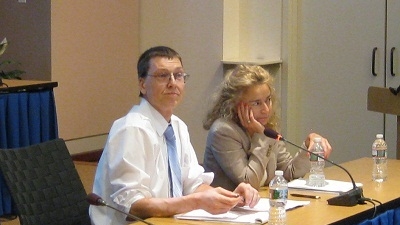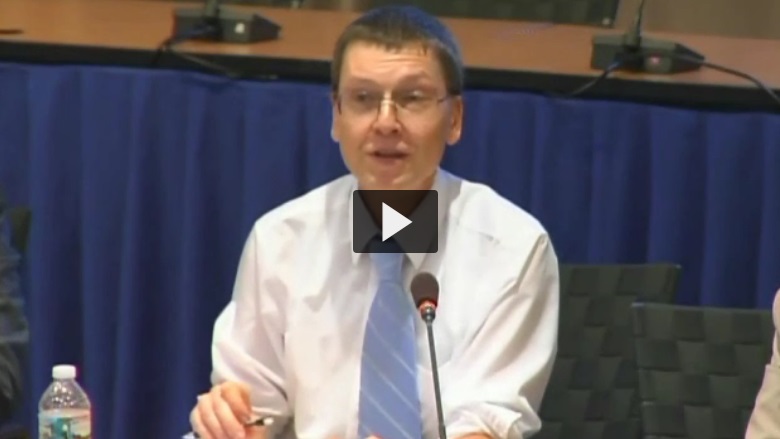The food crisis and spate of large land purchases in recent years have highlighted the importance of land governance in development. Without a well-functioning land sector, smallholder farmers and women can lose their land. Good land policy, on the other hand, can boost a country’s economic growth, foster social development and protect vulnerable groups, as well as the environment.
“But how can we do it, especially considering that most of the world’s poor in rural areas already face various challenges, such as the lack of efficiency, the threat of urbanization and ineffective transportation systems?” asked World Bank Research Director Asli Demirguc-Kunt. “It’s time to take a systematic look.”
Klaus Deininger, a land expert and lead economist in the Bank’s research department, did exactly that on Sept.5 at the Policy Research Talks Series, a monthly event by the World Bank’s research department that aims to foster a dialogue between researchers and operational colleagues.
Before a standing-room only audience of more than 100 people at the Bank’s headquarters, Deininger discussed possible ways to tackle land governance. Rwanda’s low-cost land registration system, for example, helped foster investment. Ethiopia’s reform allowed widows to secure their land rights. India’s computerization of land registries expanded credit disbursements in urban areas. In China, amid an urban expansion, his team is working with the government to award rights to farmers, so they will gain, rather than lose out, in the process.
One important tool that has gained traction on the ground: the World Bank’s Land Governance Assessment Framework, which uses 21 governance indicators in five key areas to help policy makers evaluate and benchmark progress and design land reforms.
The principles are simple. There should be laws – and institutions – that recognize existing rights, and land policies should be clear, equitable and inclusive. Land-use planning and taxation should provide benefits to the public at large, and state land should be acquired – or disposed of – in a transparent process that protects existing rights. Land ownership information should be comprehensive, accessible and reliable. Interested parties should have access to institutions that effectively manage conflicts and disputes. Large-scale land transfers should benefit the local economy.


